|
6th October 2021 Time for some midweek gaming! It's a Wednesday and we're round Simon's. Valor & Villainy: Minions of Mordak is the game of the evening; an open-world styled, fantasy-themed, RPG-inspired exploration game with one player assuming the role of big-bad Mordak and the others taking on the mantle of heroes. What's in a game? Valor & Villainy is fairly involved game that features a lot of components.
The components are all high quality, tiles and tokens are suitably thick and sturdy, as are the standees. The cards are all well made and the rounded plastic dice feel weighty enough but the standout components are the chunky recessed hero boards which feel solid and also fairly practical. Artwork throughout the game is excellent. The landscapes on map tiles are well produced, clear but also colourful. Character illustrations are bold and slightly-cartoony, it's a style that gets used quite a lot in fantasy-themed games, but it looks good in Valor & Villains. As you'd expect for a open world game like, Valor & Villainy uses a variety of icons and symbols, particularly on spell cards - which essentially are all different. For the most part, the iconography is intuitive and pretty straightforward to understand. How's it play? Setup
On to play In Valor & Villainy, the hero players are trying to discover the 3 shrines hidden somewhere amongst the face-down tiles to weaken Mordak and the Mordak player will be trying to make it hard for the heroes to find them until he arrives on the map after the 6th round. Heroes always act first with the starting player beginning, then going left. The Mordak player may then act after the hero players. The Mordak player essentially gets 2 turns to act, 1 for Mordak himself (Although Mordak doesn't have much to do in the early game.) and 1 for minions. When players take their turns, they will have a number of actions points they can spend to move or act as they see fit, there are also some free actions that can be performed
Endgame Once 6 round have been completed (Or all 3 shrines have been discovered.), the game goes into The Final Battle! During the final battle, Mordak himself will appear on the map and directly engage the hero players in combat. Mordak has a large amount of health; 70-100. If the hero players reduce Mordak's health to 0, they win the game. Conversely, if the Mordak player manages to defeat 3 heroes during the final battle, then the Mordak player wins the game. Overall
There's a lot of charm to Valor & Villainy's presentation, especially the bold, chunky artwork for characters and minions. Mechanically, the game is actually quite straightforward, unremarkable even (At least it is for the hero players.), although it does contain a fair amount of exception driven and situational rules. Using cards for minions makes it a little fiddly to move them around and handle, it also looks a little dull and flat (sic) but conversely, it makes it easy to track minion health and combat initiative. Valor & Villlainy has several quibbles in my opinion One of the most significant is the game's one-vs-many mechanic, these types of mechanic rarely work well in my opinion. Obviously the game will have been balanced to try and take this into account, but few games can balance the difference between 1 human brain versus 4 human brain and the hero players will always have this to their advantage. It almost feels like the game is set up to advantage hero players over the Mordak player. The game also has a weird tonal shift thanks to this one-vs-many mechanic. For most of the game, the Mordak player will be a thorn in the players' sides, a source of constant minor irritation. Then, during the endgame, it becomes straight up, directly confrontational PvP as Mordak appears on the map. It feels weirdly more aggressive. For the heroes, the game is mostly about managing encounters as they appear, recognising and prioritising threats, then dealing with them using the most efficient method, allowing them the maximum opportunity to explore the tiles. For the Mordak player, it's about exploiting any opening or weakness that the heroes present, not only defeating heroes but stymieing and thwarting them whenever possible. Valor & Villainy is a open-world RPG-esque experience where a varied band of heroes, explore, fight monsters, acquire treasure and level up. The ingredients of an RPG are all there, but it doesn't feel quite right and I think there're a couple of reasons why. There's a lack of storytelling to the game and variety to the encounters, there's randomness when setting up a map and not all tiles will appear in any single game, but they're just encounters, they feel a little bland and there's no sense of travelling, journeying or adventuring. The normal map (For 4+ players) will have 20 face-down map tiles to scout, to explore all of them will require turning over 3-4 map tiles per round. Scouting tiles is actually a bit of a balancing act and one of the challenges the hero players face. if the heroes scout too slowly, they risk not finding all the shrines, if they do it too quickly, they risk revealing more minions than they can handle at once. This will require players to head off in different directions and in an RPG you should never split the party! In relation to combat, it seems the most efficient way for the Mordak player to accumulate experience points is to relentlessly pick on one player until they are defeated, then choose another player to pick on. It feels particularly un-RPG-like where combat tends to distributed amongst all heroes. Even then, when a hero is defeated, on the next turn, the hero will reappear in the centre tile like it's a videogame spawn point. All of this adds up to make Valor & Villainy feel disconnected from RPGs. But for me, by far the biggest problem the game has, is its run time. We played with 5 players in total and a game took somewhere between 2-3 hours to play out. If felt like each player took about 4-5 mins to complete their turn and don't forget that the Mordak player essentially gets 2 turns in a row, 1 for themselves and 1 for their minions which makes a round 25-30 minutes long and that's before adding in The Final Battle. It also meant players had about 20 minutes of downtime between turns. It's too much, if Valor & Villainy was an exceptional or engaging game, it wouldn't be such an issue, but it's not. It's not a bad game either, it's just slightly bland and slightly average. There's nothing wrong with an average game, so long as it doesn't outstay it's welcome. The effort Valor & Villainy requires to play doesn't quite justify the experience it provides.
0 Comments
Leave a Reply. |
AuthorI play, I paint. Archives
March 2024
Categories
All
|

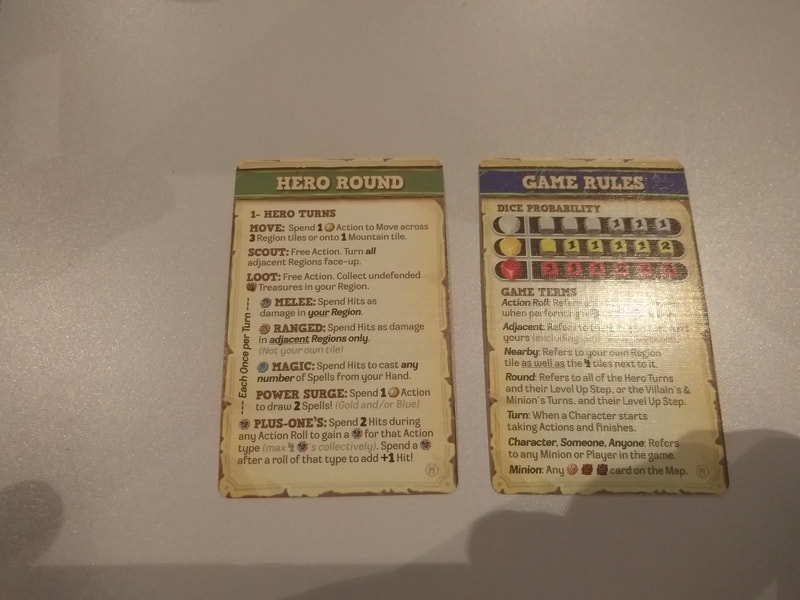
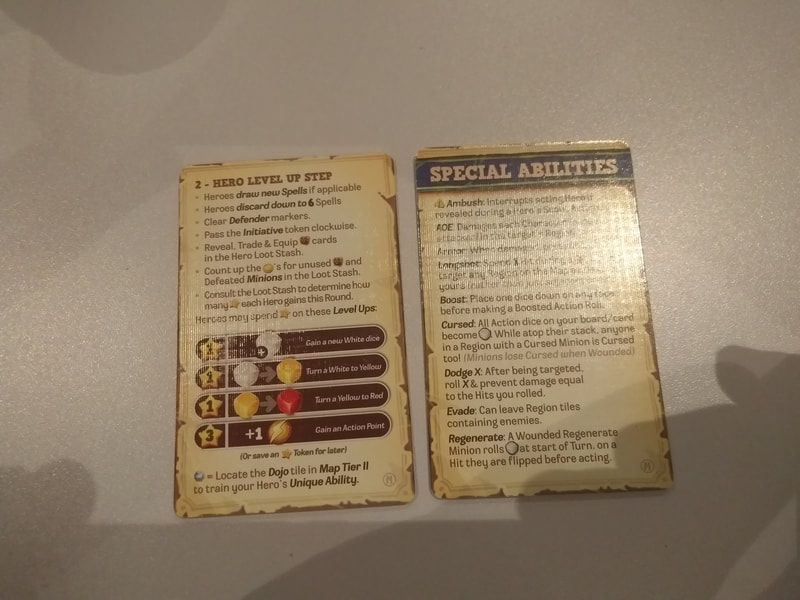
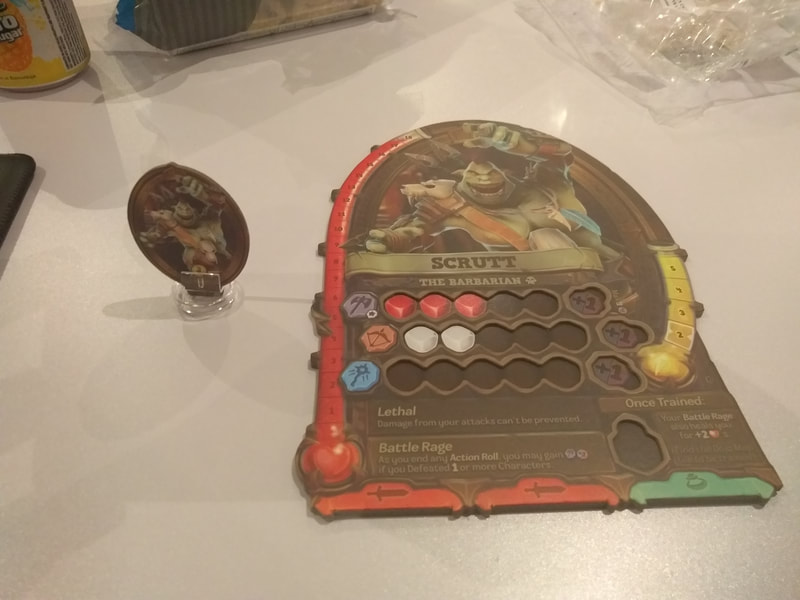
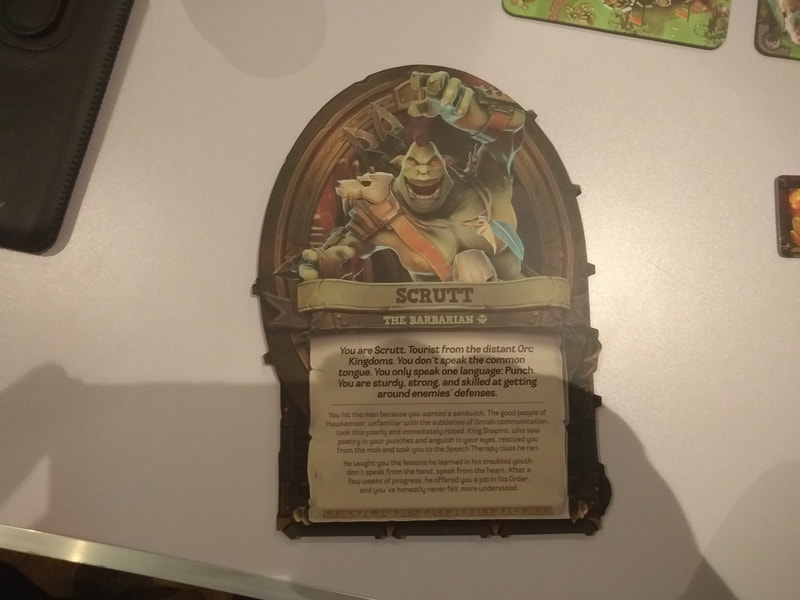
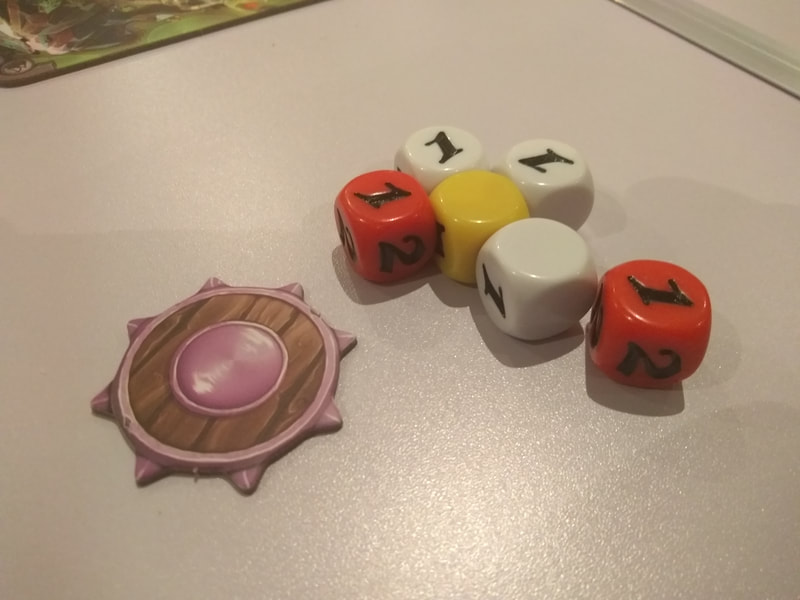
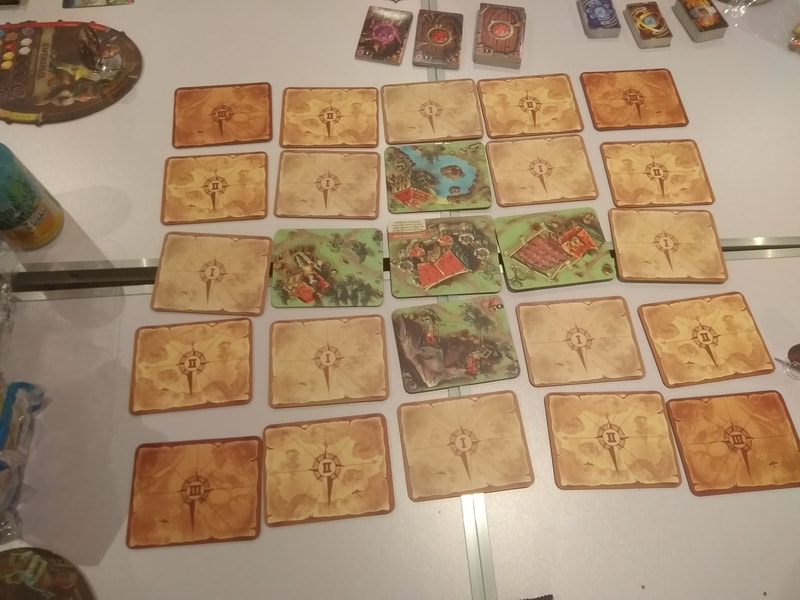

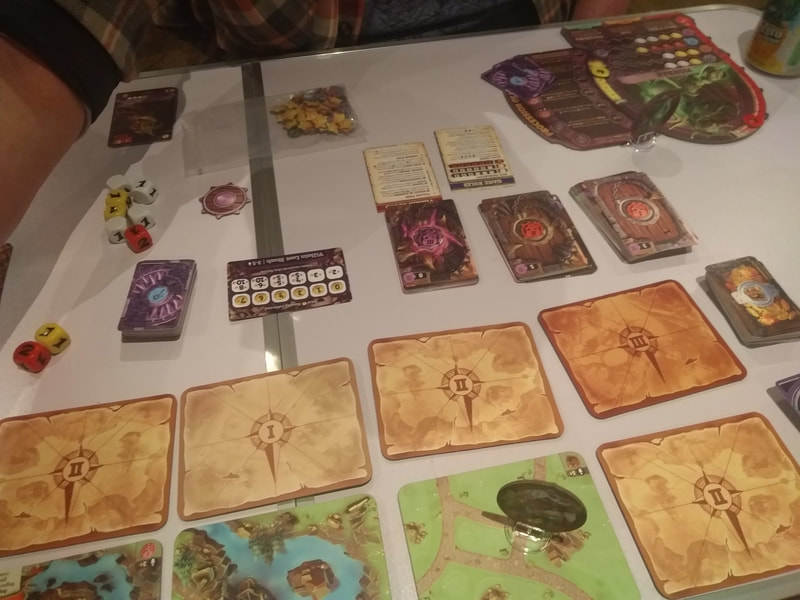
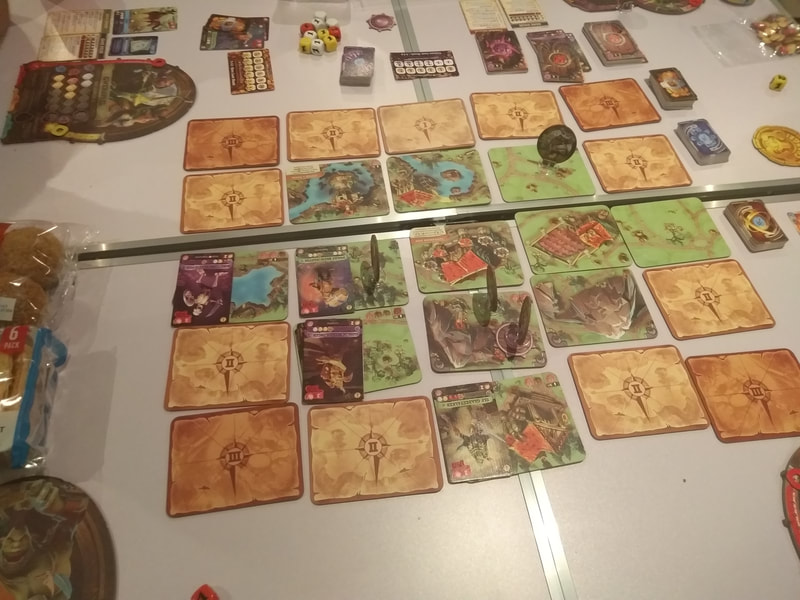
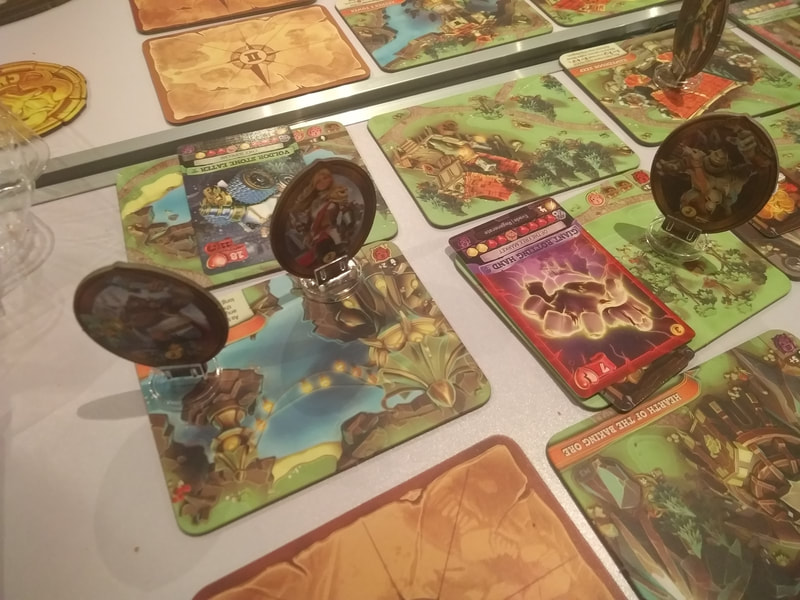
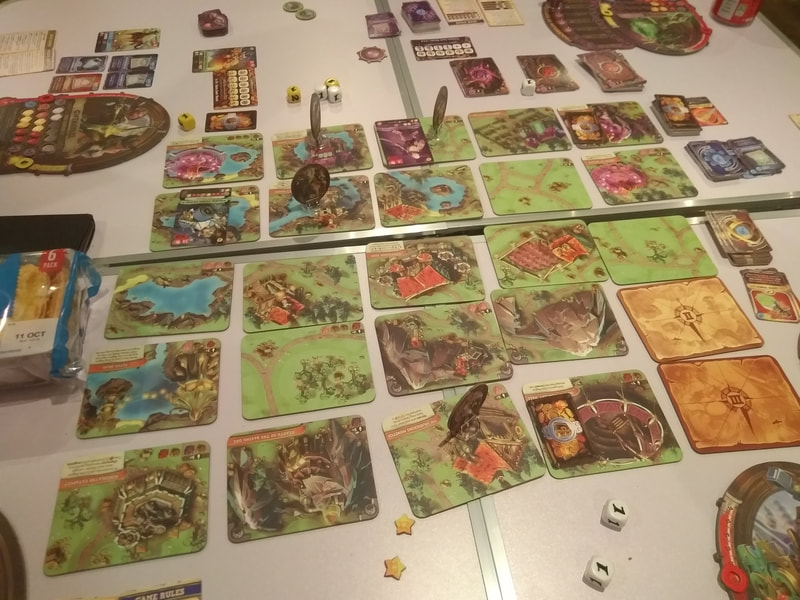
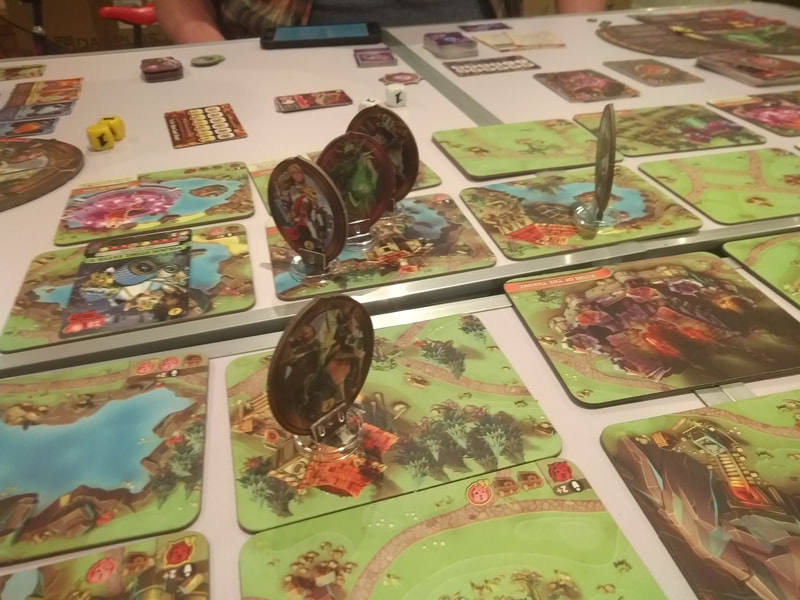
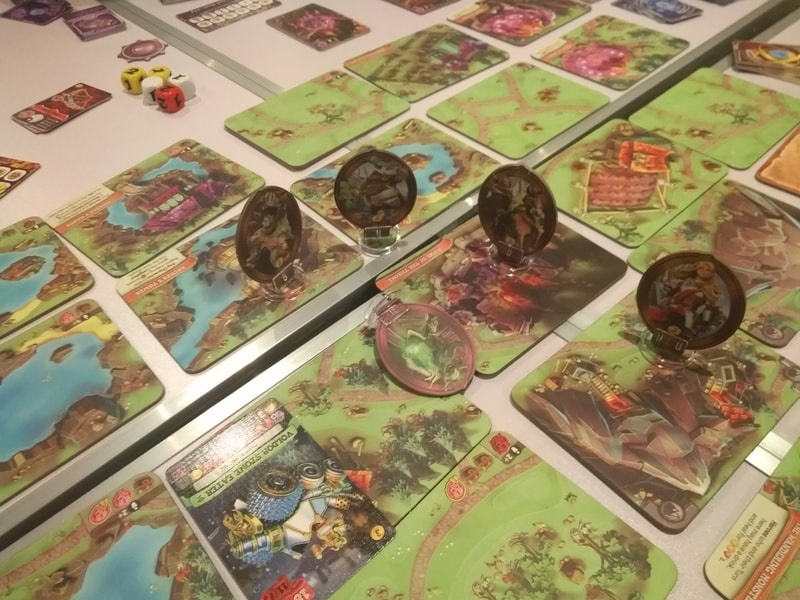
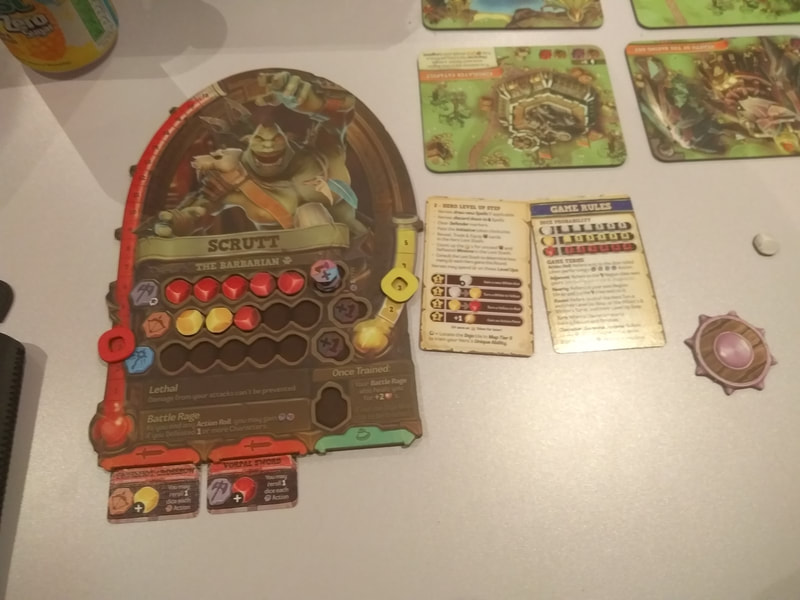
 RSS Feed
RSS Feed
